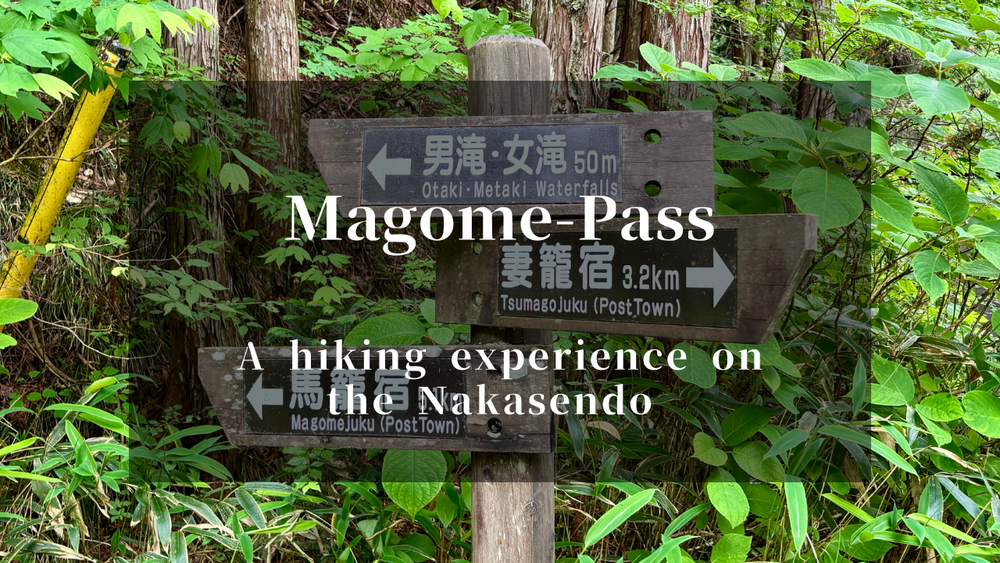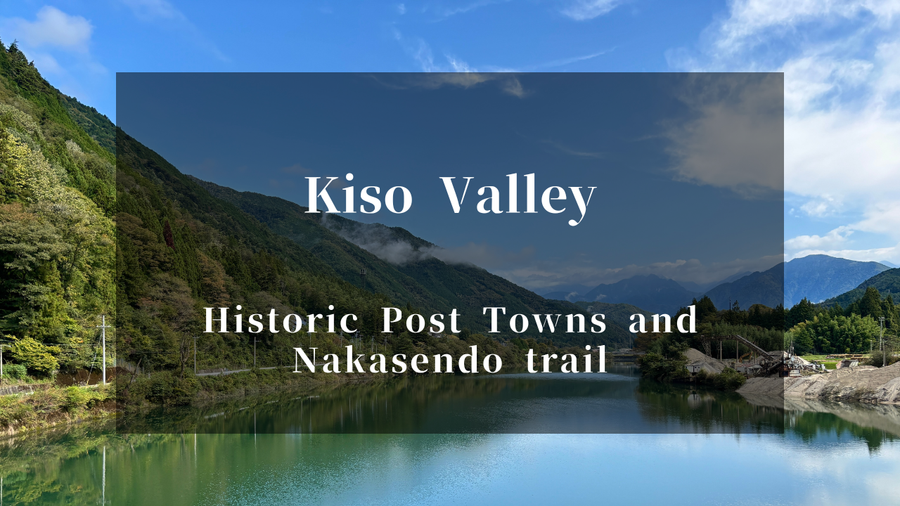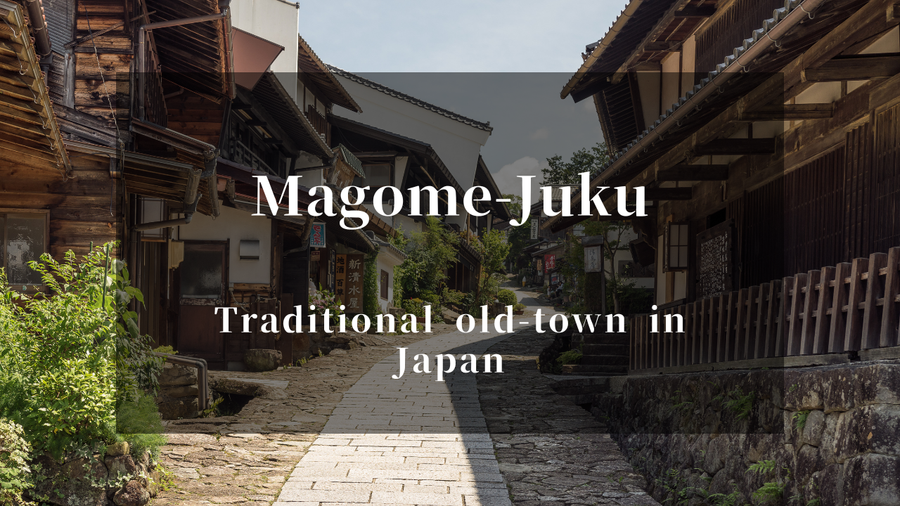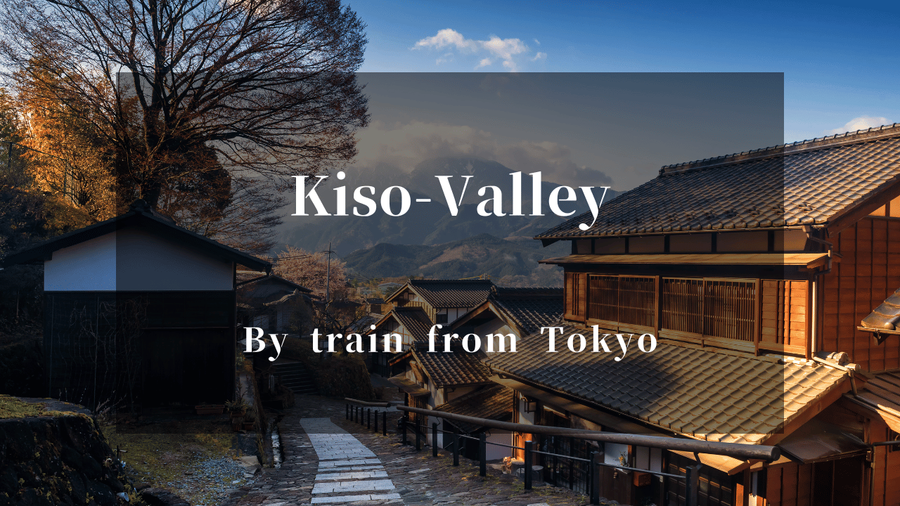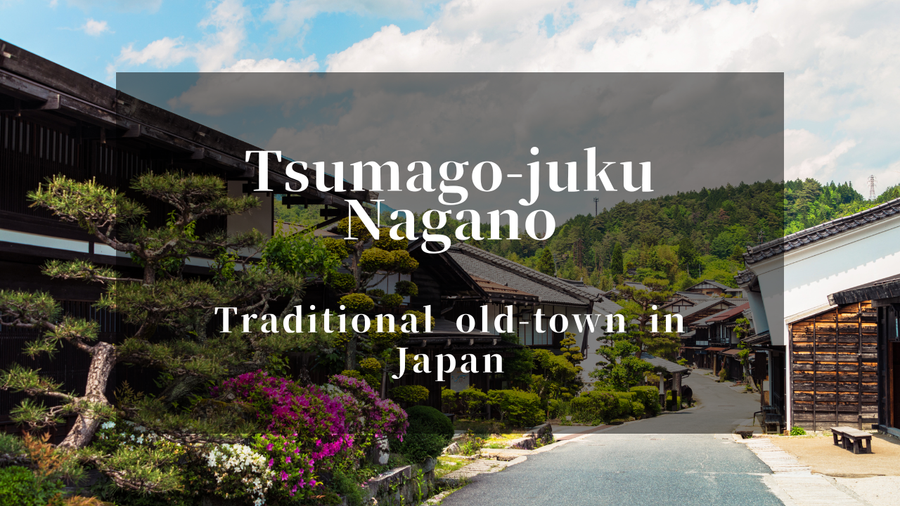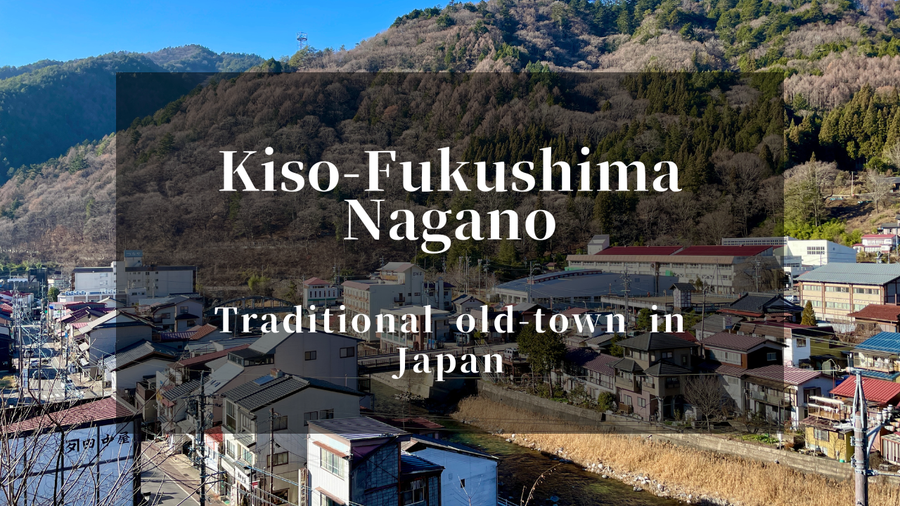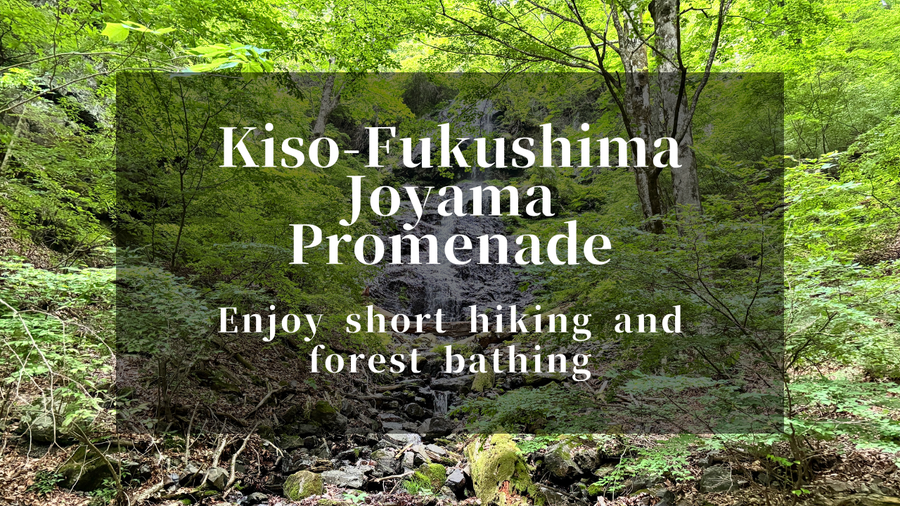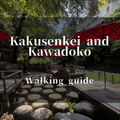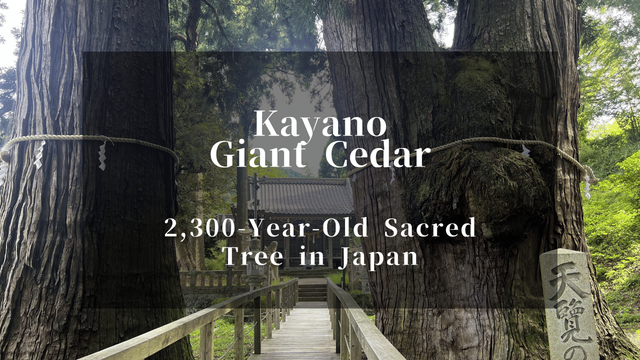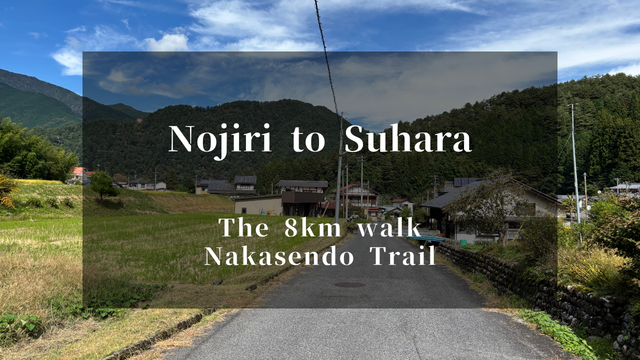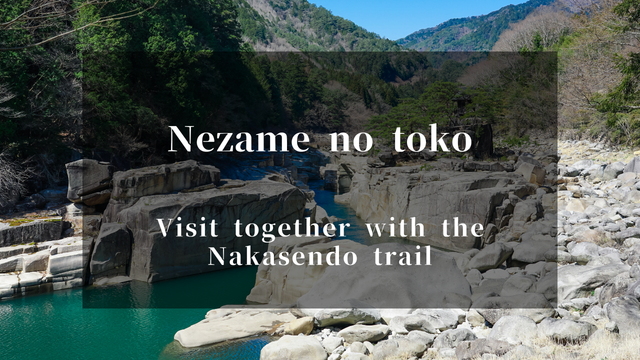Imagine walking along the same ancient paths that samurai, merchants, and travellers used 400 years ago. This is exactly what you can experience on the Nakasendo Trail (中山道) between Magome-juku (馬籠宿) and Tsumago-juku (妻籠宿).
The Magome Pass (馬籠峠) section of the Nakasendo is one of Japan's most accessible historic hiking experiences. At 8 kilometres long and taking about 3 hours to complete (including breaks and sightseeing), this well-maintained trail is perfect for beginners and can be walked comfortably in trainers.
Basic Course Information
Magome Pass (馬籠峠) is part of the Nakasendo trail connecting Tsumago-juku (妻籠宿) and Magome-juku (馬籠宿). The distance is about 8km and takes about 3 hours (including rest stops and sightseeing). The path is well-maintained and suitable for beginners - you only need trainers to walk it comfortably.
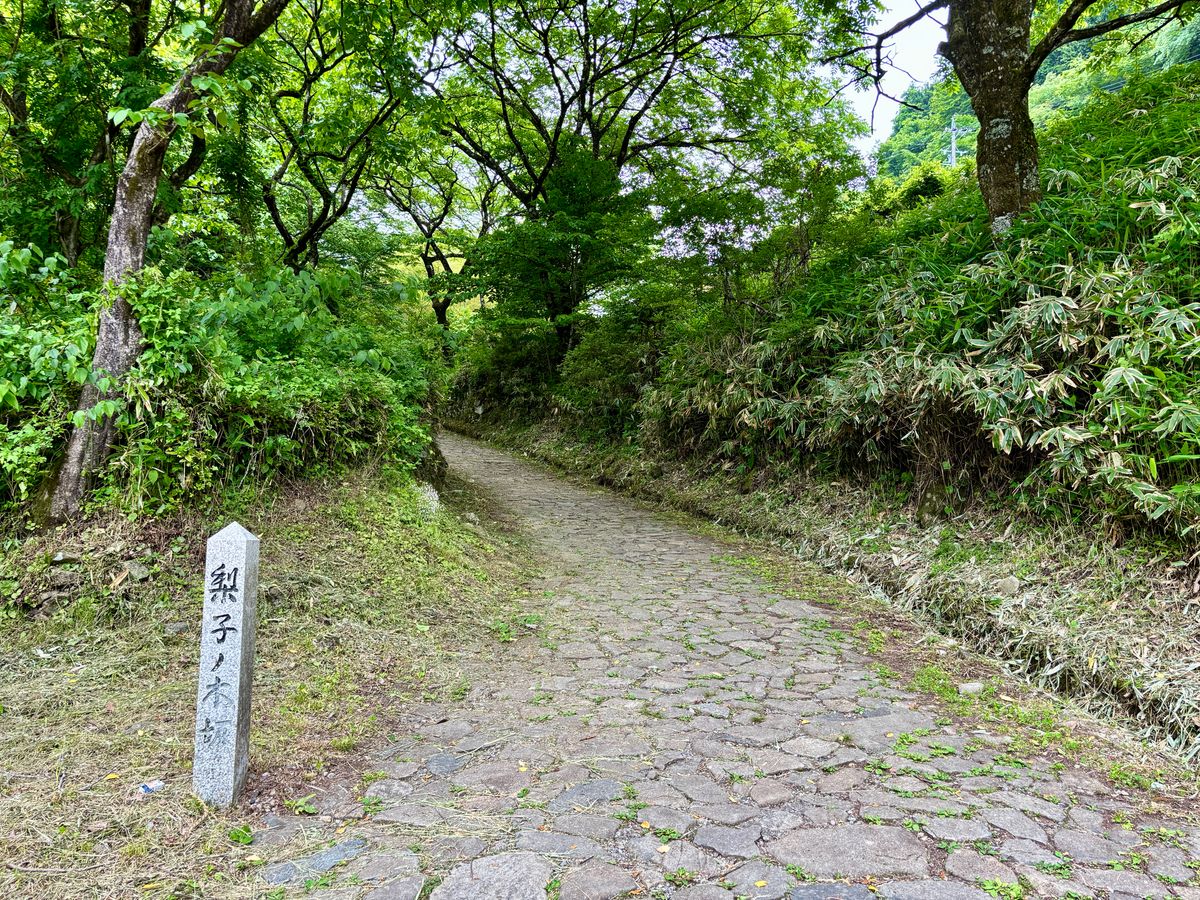
Basic Course Information
Distance: Approximately 8km
Duration: About 3 hours (including breaks and sightseeing)
Difficulty: Beginner-friendly (well-maintained paths)
Elevation: Mostly downhill from Magome-juku to Tsumago-juku, making it physically manageable
Entrance Fee: Free
Access
To Magome-juku: About 25 minutes by bus from JR Nakatsugawa Station (中津川駅)
From Tsumago-juku: About 8km to JR Nagiso Station (南木曽駅) by bus or on foot
For detailed directions to Magome-juku, please see the article below:
Preparing for Your Nakasendo Hike: What to Bring and Wear
I was surprised by how well-maintained the Nakasendo trail is. About 60% of the path is paved, and the remaining 40% consists of stone paths and dirt roads. You're not walking through rough forest terrain, so you can dress relatively lightly. In fact, many foreign visitors walk this trail wearing t-shirts and shorts.
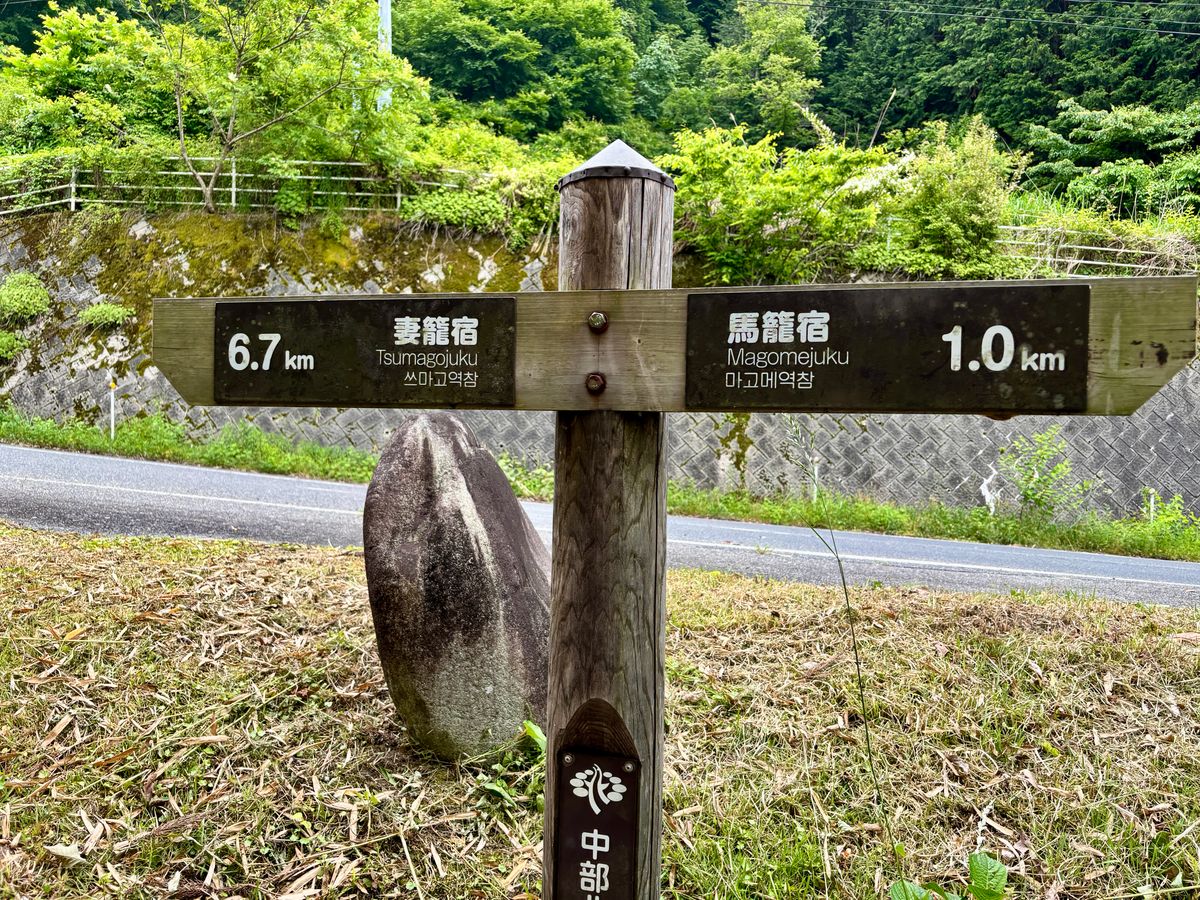
Must-Have Items
Before setting off on your Nakasendo adventure, make sure you pack these essentials:
Water for hydration (at least 500ml or more)
Rainwear (for sudden weather changes)
Towel (for wiping sweat)
Recommended Clothing
Wear sturdy trainers and comfortable clothes. Some stone path sections can be slippery, so choose shoes with good grip. You'll need to cross several roads, but there are excellent signposts, so you won't get lost.
Luggage Delivery Service
One of the most convenient services for Nakasendo hikers is the luggage delivery service offered by the tourist information centres. They'll transport your heavy bags and souvenirs from Magome-juku to Tsumago-juku, allowing you to enjoy your hike hands-free.
Luggage Delivery Service:
Cost: About 1,000 yen per item
Delivery Time: About 2-3 hours
Collection Point: Tsumago-juku Tourist Information Centre
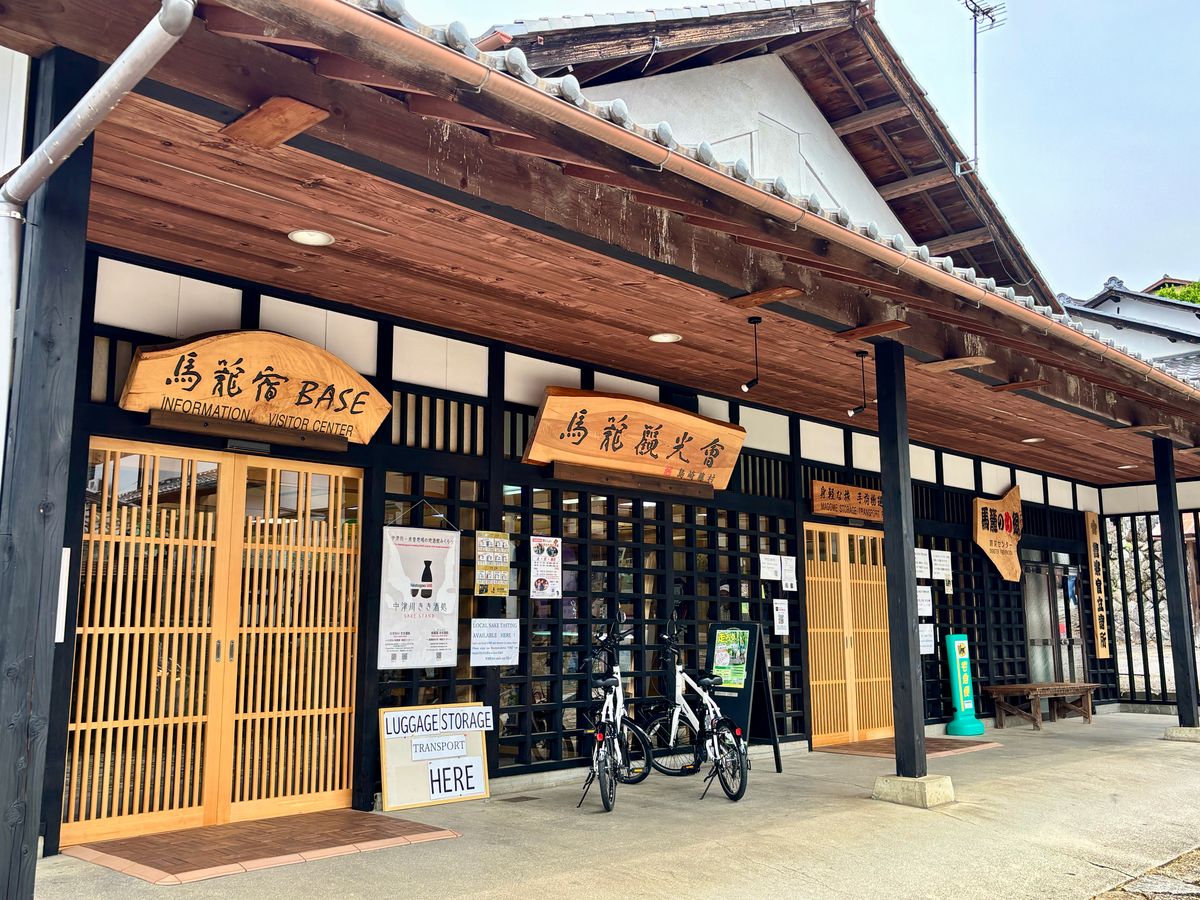
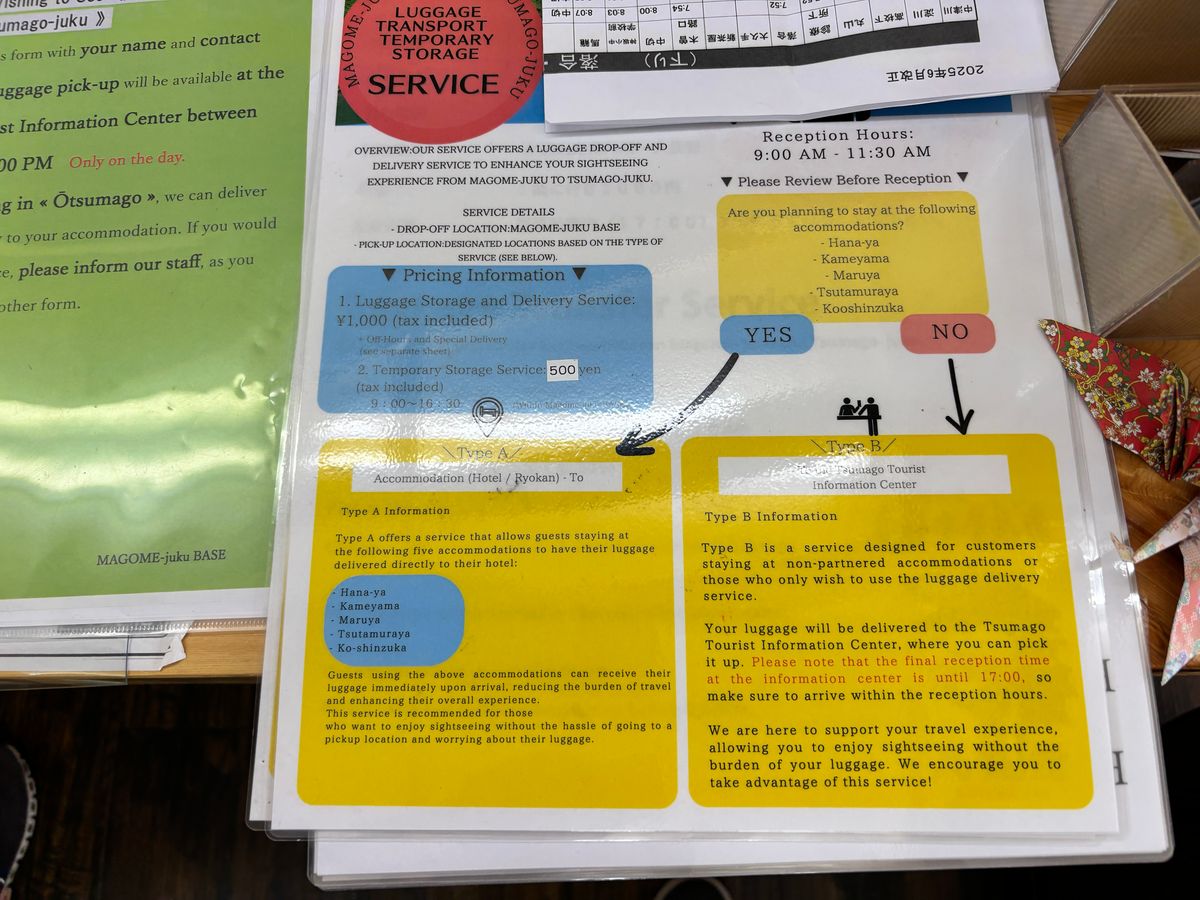
Why the Magome-juku to Tsumago-juku Direction is Best
I strongly recommend walking from Magome-juku to Tsumago-juku rather than the reverse direction.Walking the opposite direction (Tsumago-juku to Magome-juku) involves more uphill climbing and can be quite tiring.
Here's why:
Mostly downhill: With an elevation drop of about 200 metres, it's much easier on your legs
Beautiful scenery changes: You'll experience stunning views as you descend from the highlands into the valley
Better transport links: Access from Tsumago-juku to Nagiso Station is more convenient
The Hiking Experience: Starting from Magome-juku's Stone-Paved Slopes
My Nakasendo adventure began at Magome-juku's historic stone-paved slopes. This hillside post town, with its traditional wooden buildings and ancient stone paths, immediately transported me back to the Edo period (1603-1868). Walking through the town towards the hiking trail entrance, I felt the excitement of following in the footsteps of countless historical travellers.
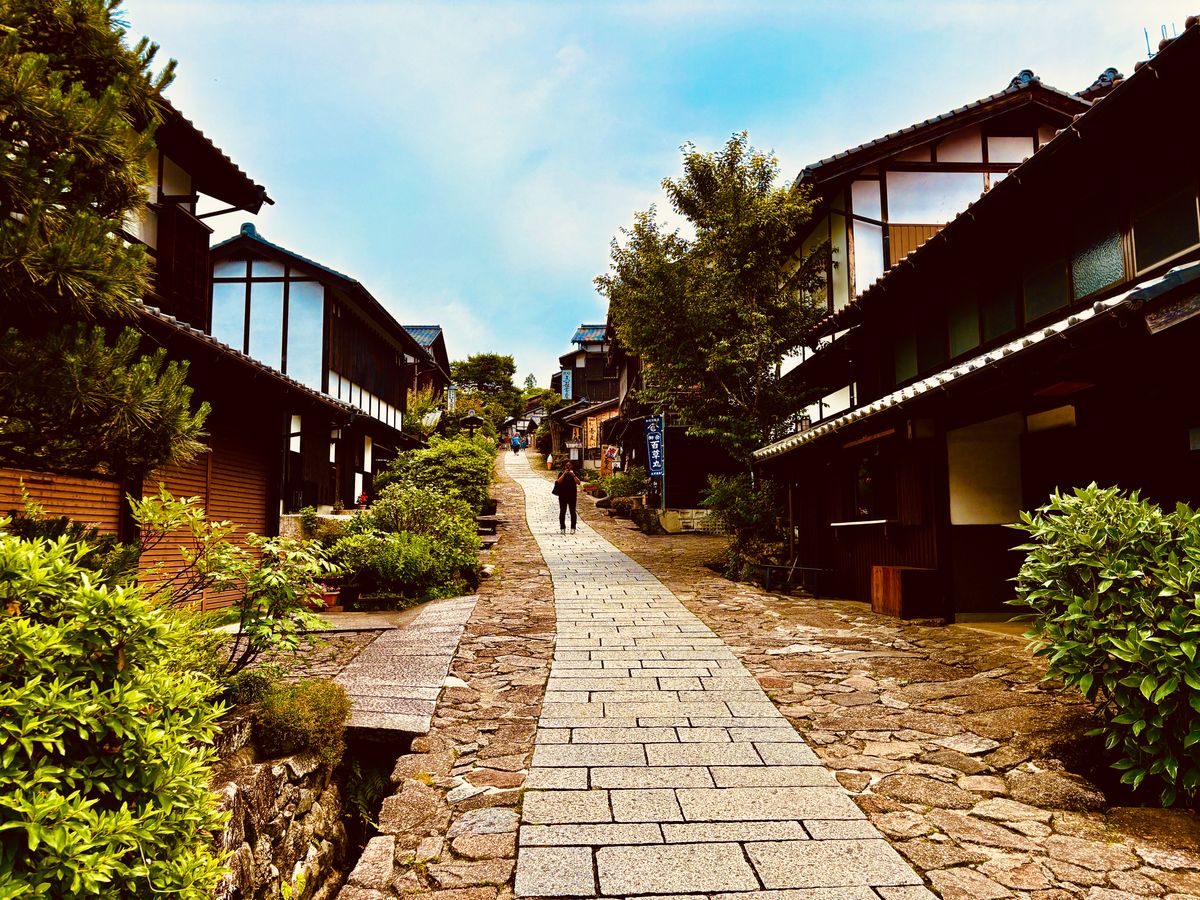
The trail entrance is clearly marked, and within minutes of leaving Magome-juku, you'll find yourself surrounded by the peaceful sounds of the forest. The path alternates between ancient stone pavements and well-maintained forest trails, creating a perfect balance between historical authenticity and modern safety.
Suishazuka (水車塚) and Historic Townscape
After walking for a while from Magome-juku, you'll arrive at Suishazuka (水車塚). This was built about 120 years ago to commemorate a family who died in flood damage caused by heavy rain. The refreshing sound of water helps heal your tiredness, making it a perfect rest stop and photo spot during your hike.
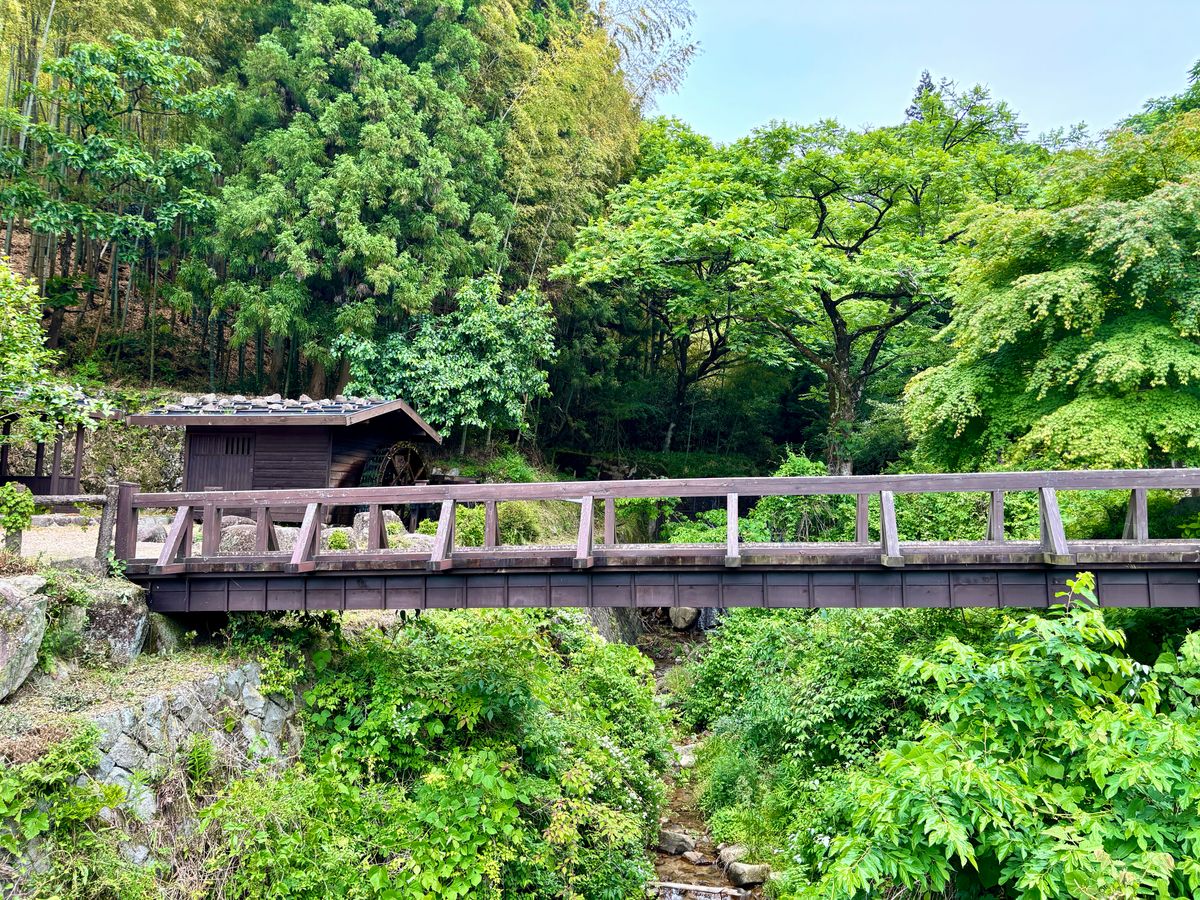
Forest Bathing: Beautiful Well-Maintained Forests
After leaving Magome-juku, you'll enter beautiful forest areas. This is the true essence of the Nakasendo walk. Thanks to the efforts of local people, proper tree felling and thinning have been carried out, creating a clear view and very walkable environment. It's also characteristic that paved roads and old paths are mixed together - some sections are asphalted, while others have stone paths or dirt roads, so you never get bored walking.
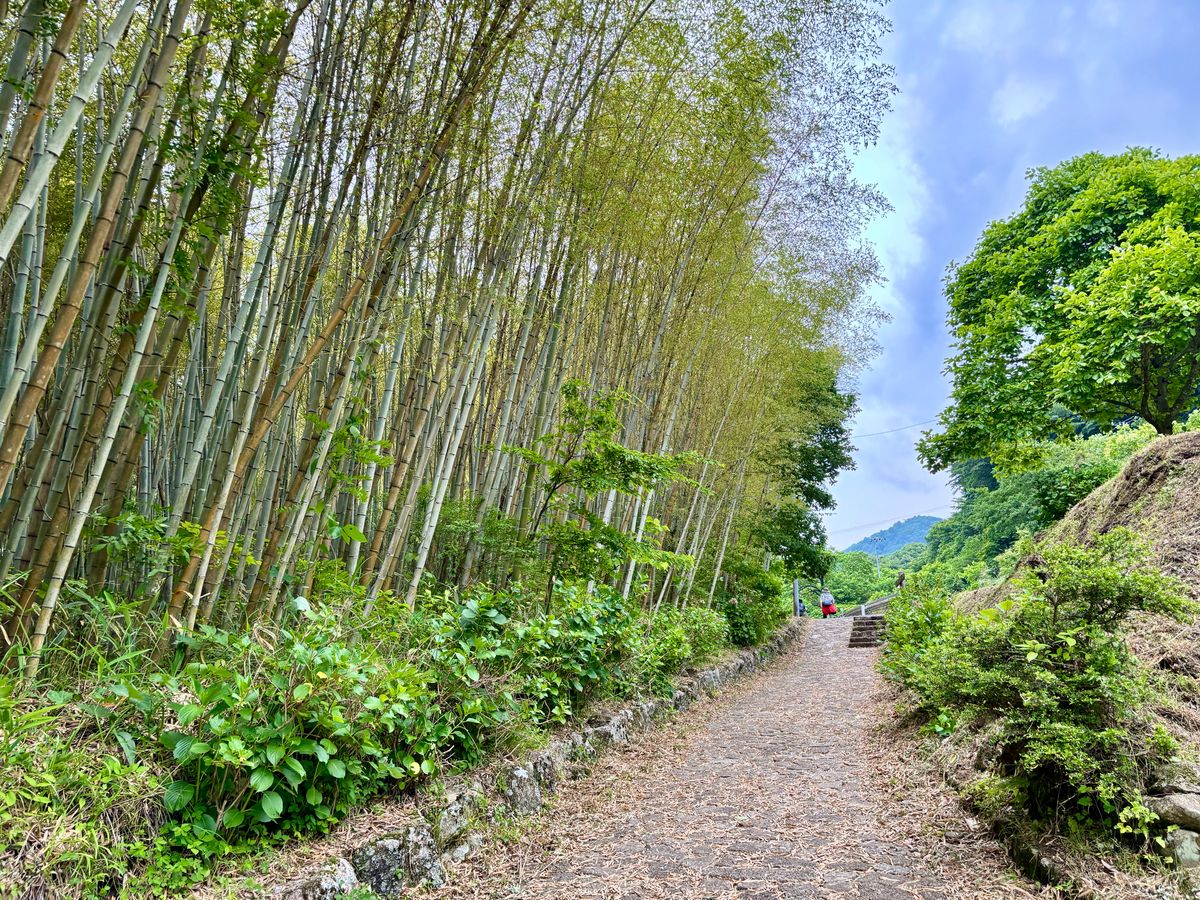
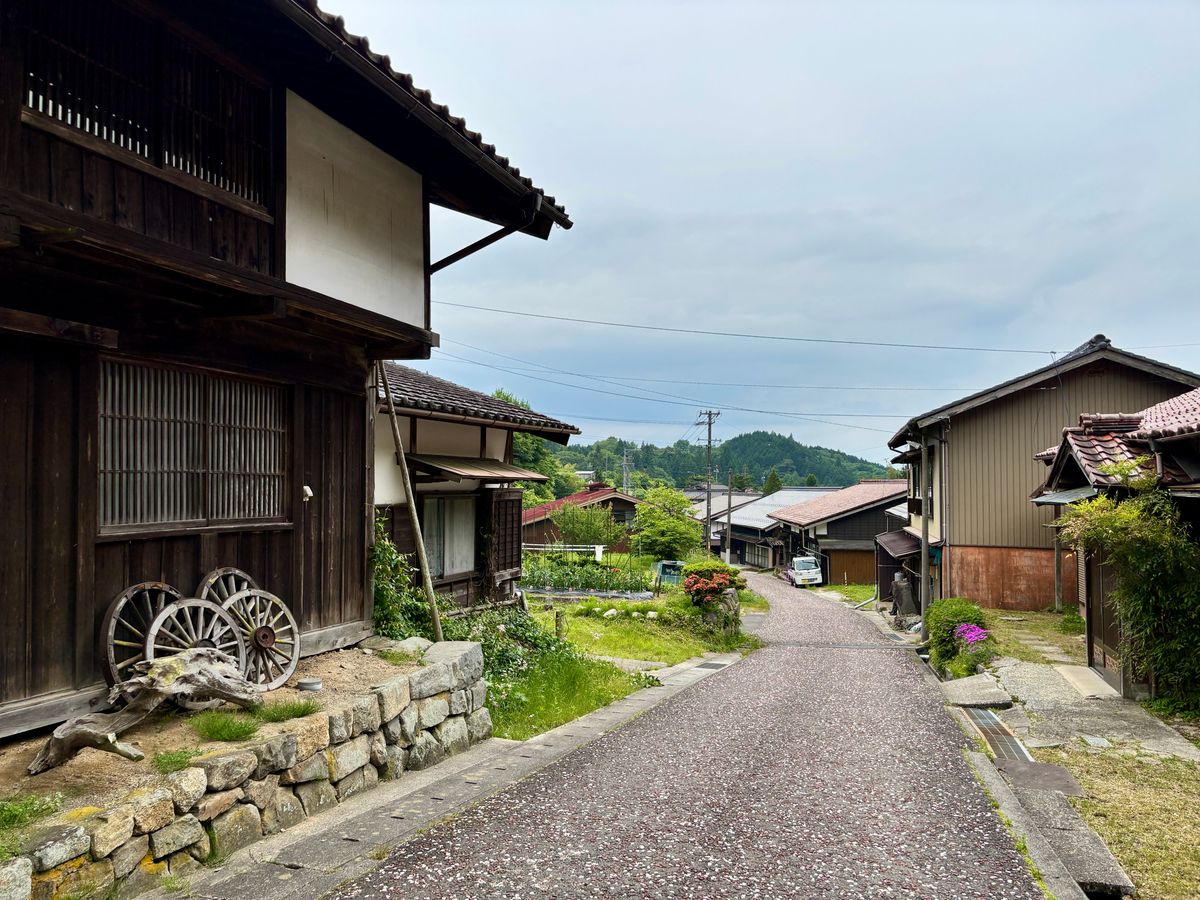
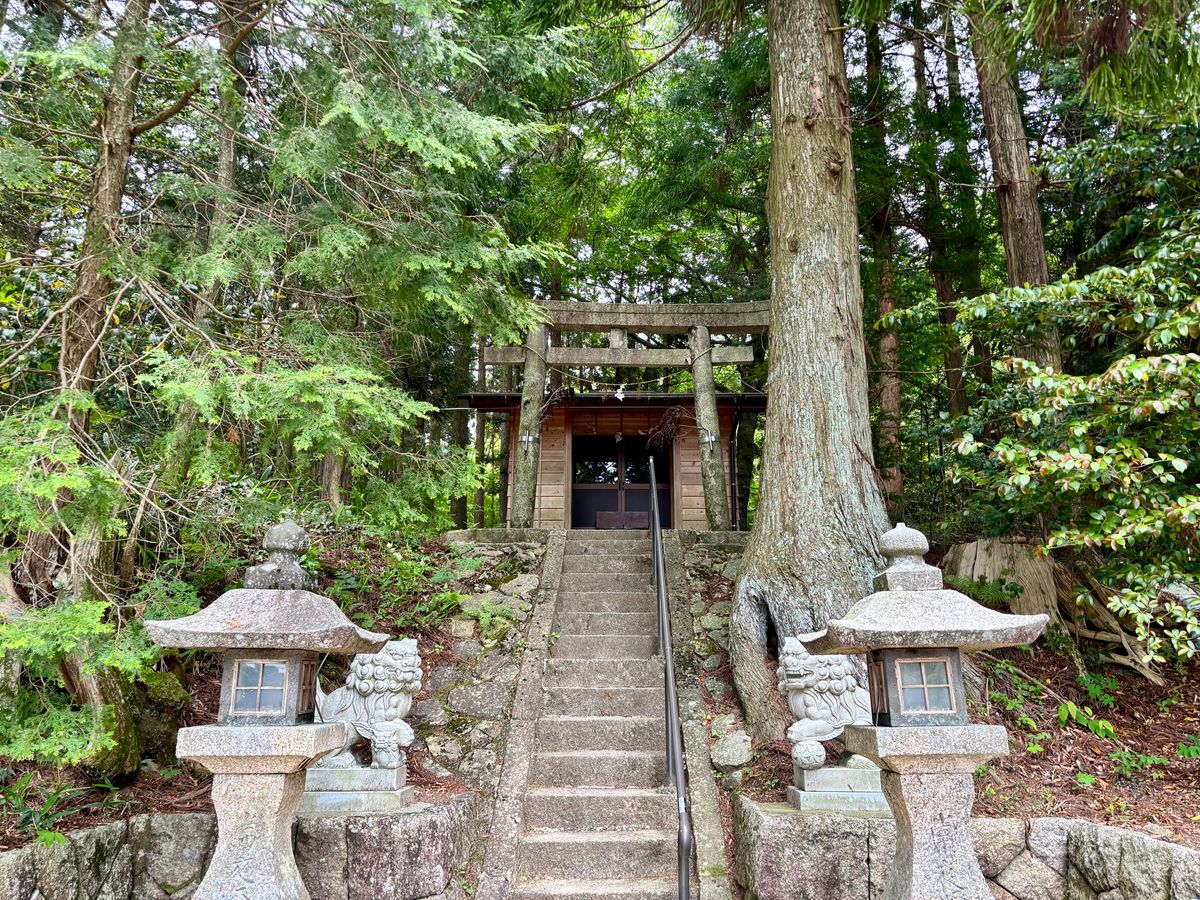
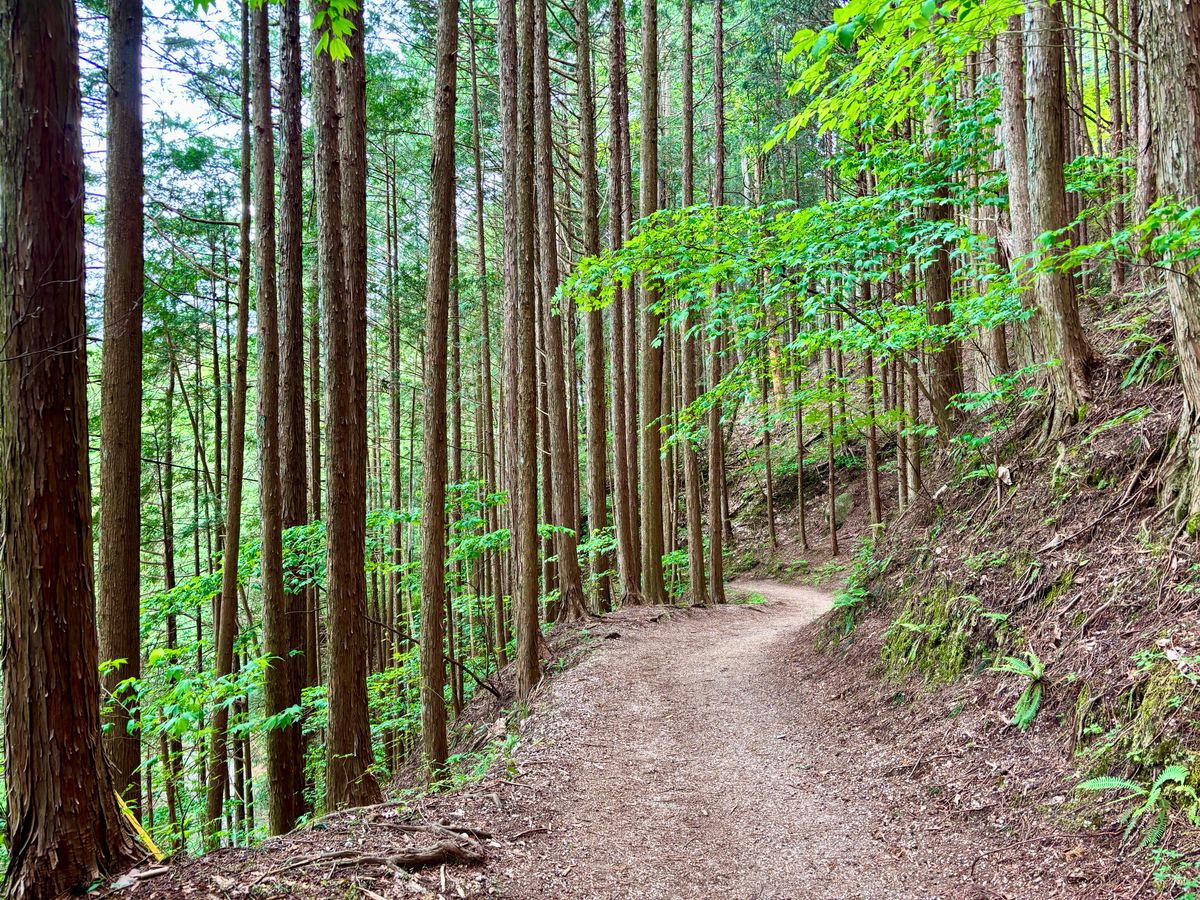
Don't Forget the Bear Bells
While walking the Nakasendo, you'll find bear bells set up at key points. This is a very important safety measure, designed to let bears know that humans are present and avoid unexpected encounters. When you find one, please ring it without fail.
We rang bear bells several times during our hike. The sound of the bells is also one of the charms of walking the Nakasendo.
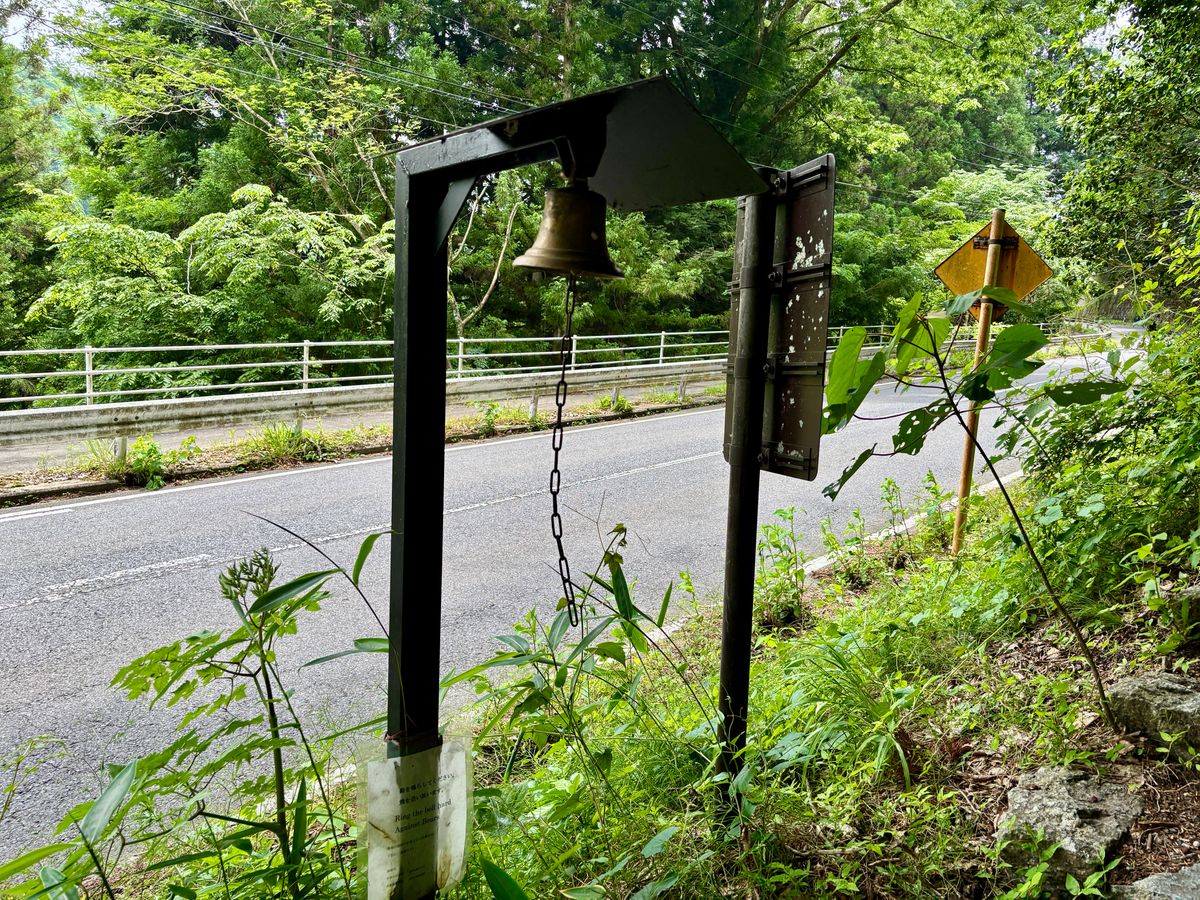
Ichikokutochi Tateba Chaya (一石栃立場茶屋)
After proceeding through forests and crossing roads for a while, you'll arrive at Ichikokutochi Tateba Chaya (一石栃立場茶屋). This is a tea house that has continued since the Edo period and was an important rest stop for travellers walking the Nakasendo.
Even today, local people provide free tea (donations are welcome). Inside the building, which has 250 years of history, the atmosphere is slightly smoky from the hearth fire, making you feel like you've travelled back in time to the Edo period. You'll experience the precious spirit of hospitality that has continued since the Edo period.
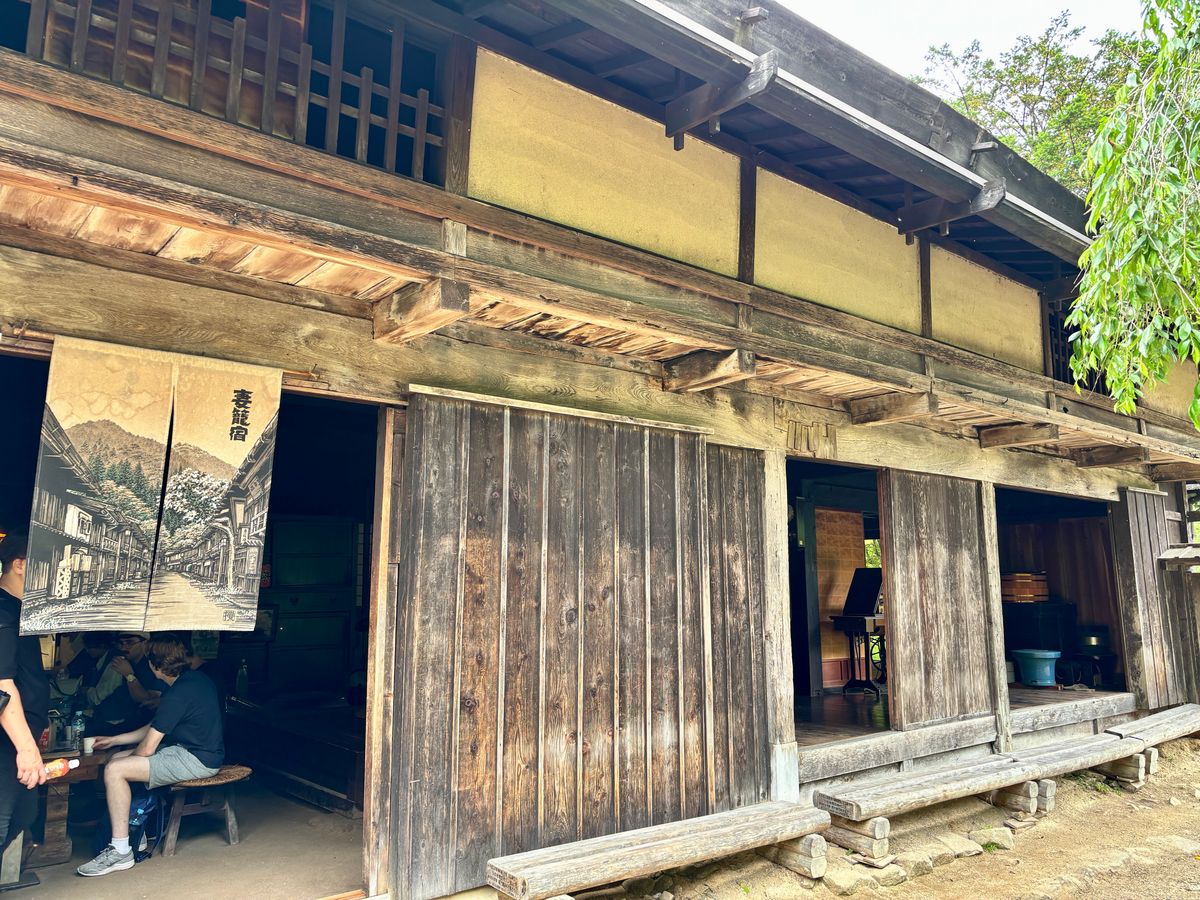
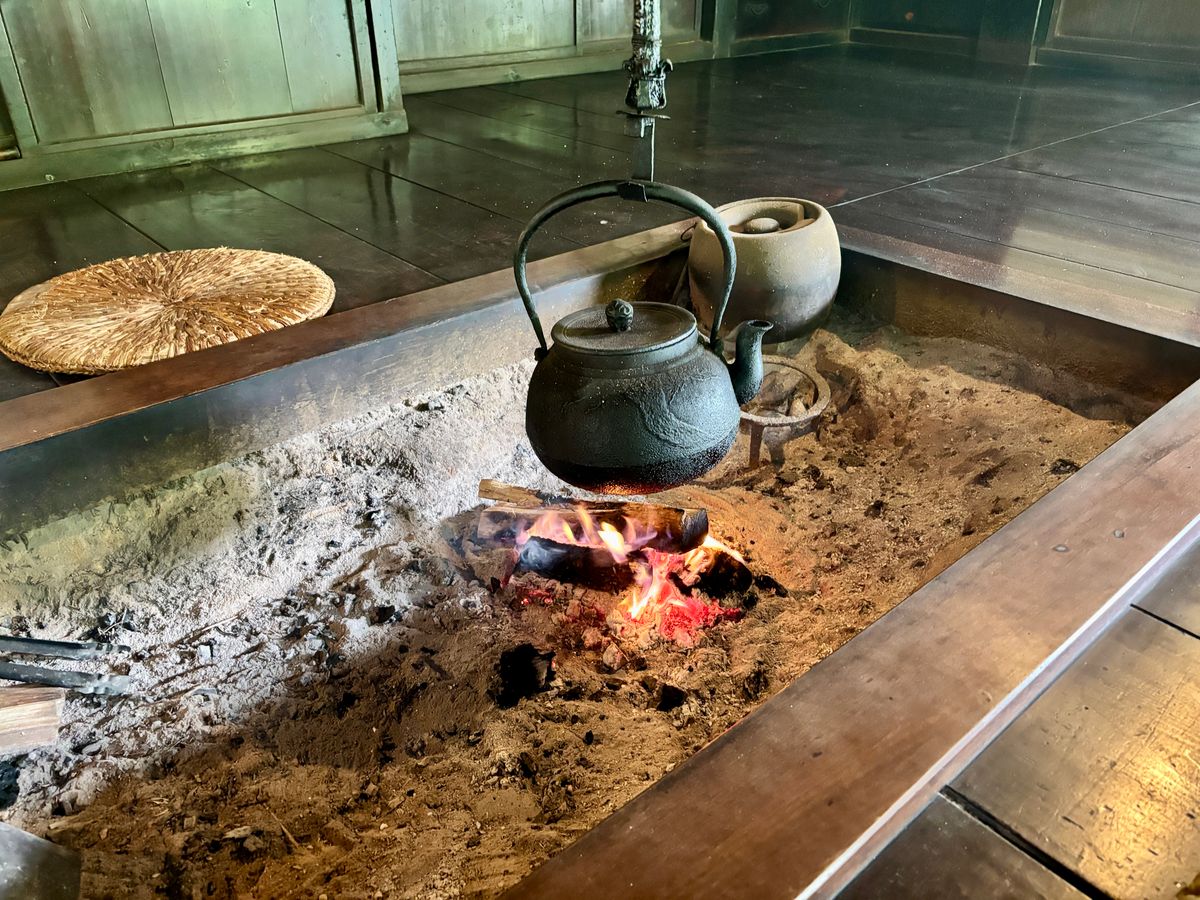
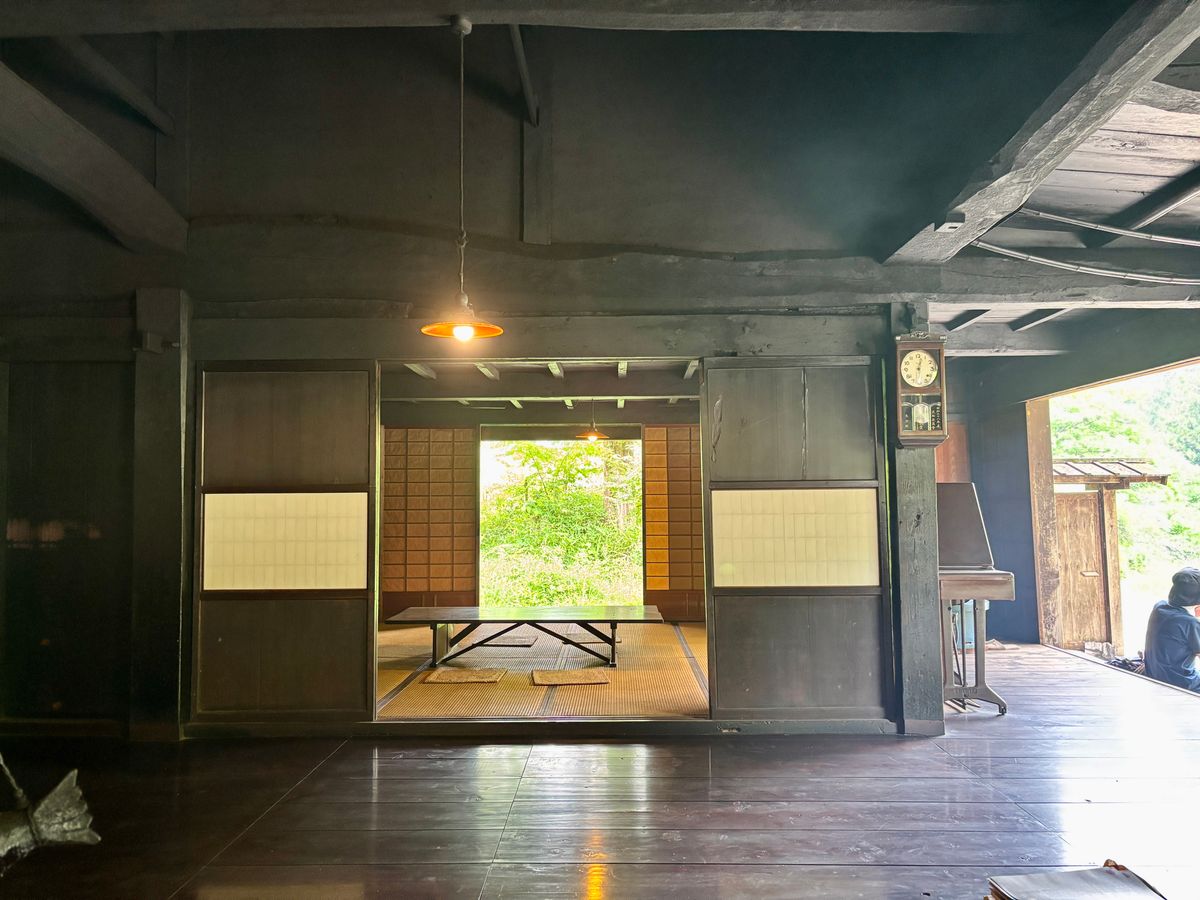
Odaki and Medaki Waterfalls (男滝・女滝)
The greatest highlight of the Nakasendo hike is undoubtedly Odaki and Medaki Waterfalls.
Odaki and Medaki Waterfalls (男滝・女滝) are two waterfalls that flow side by side, each with different characteristics. Odaki (男滝, "Male Waterfall") flows powerfully and straight down about 30 metres, expressing masculine strength. Meanwhile, Medaki (女滝, "Female Waterfall") has graceful and delicate flows that express feminine beauty, creating a beautiful contrast against the surrounding rocks.
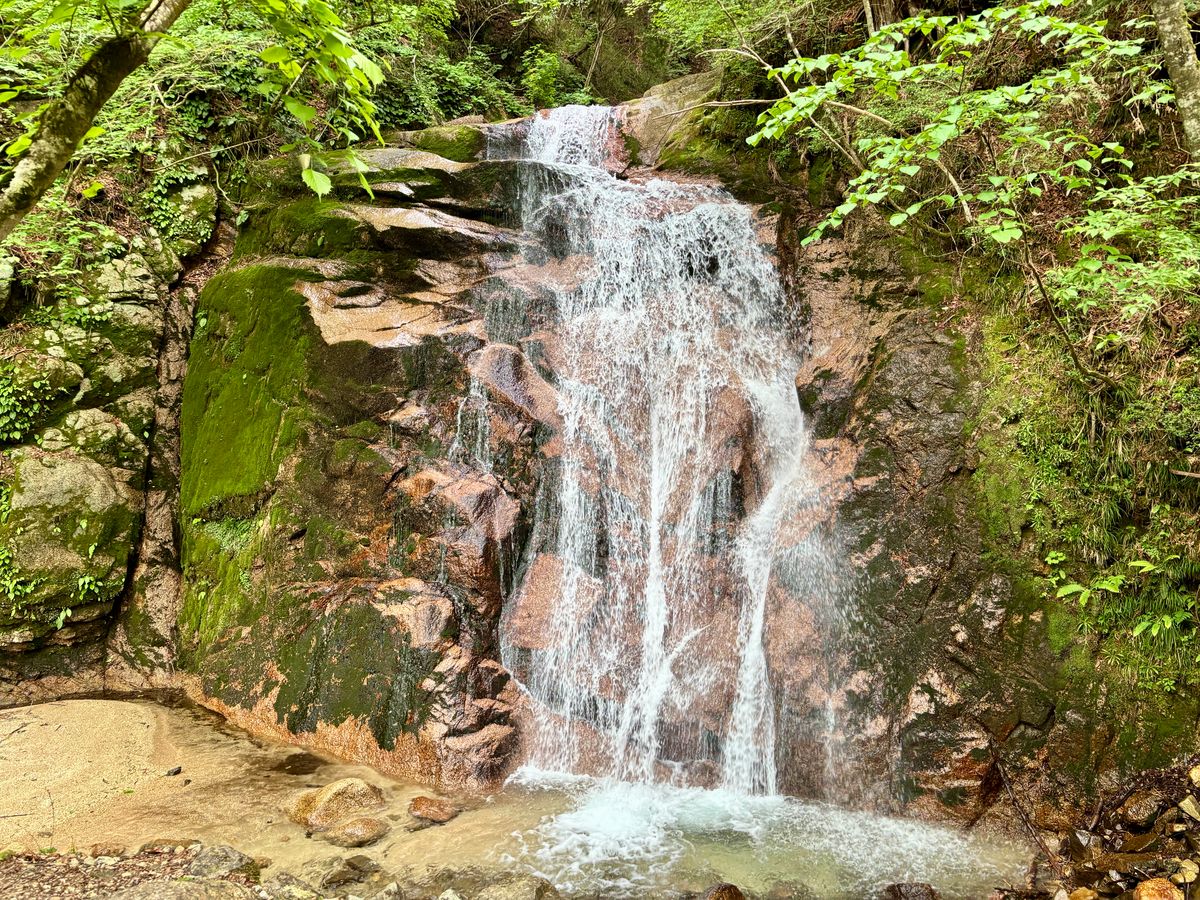
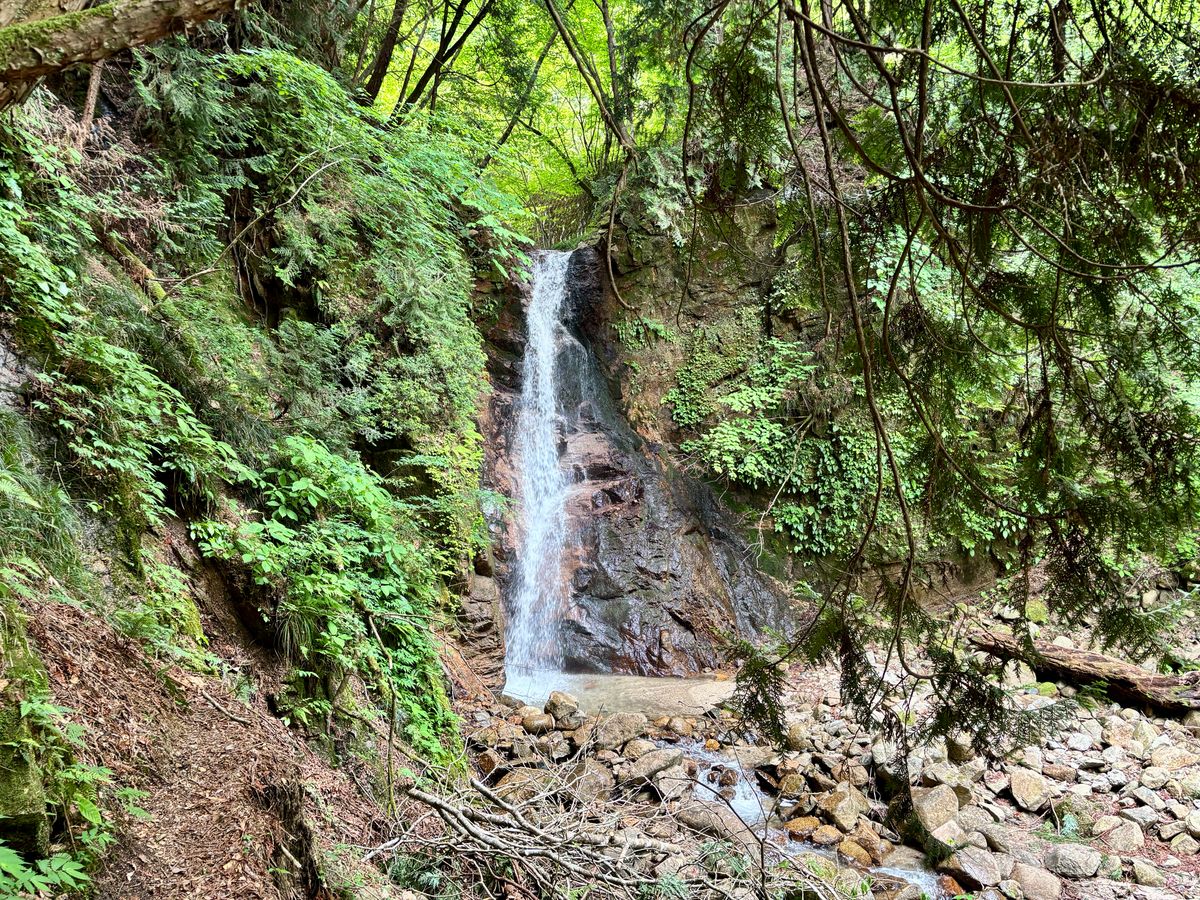
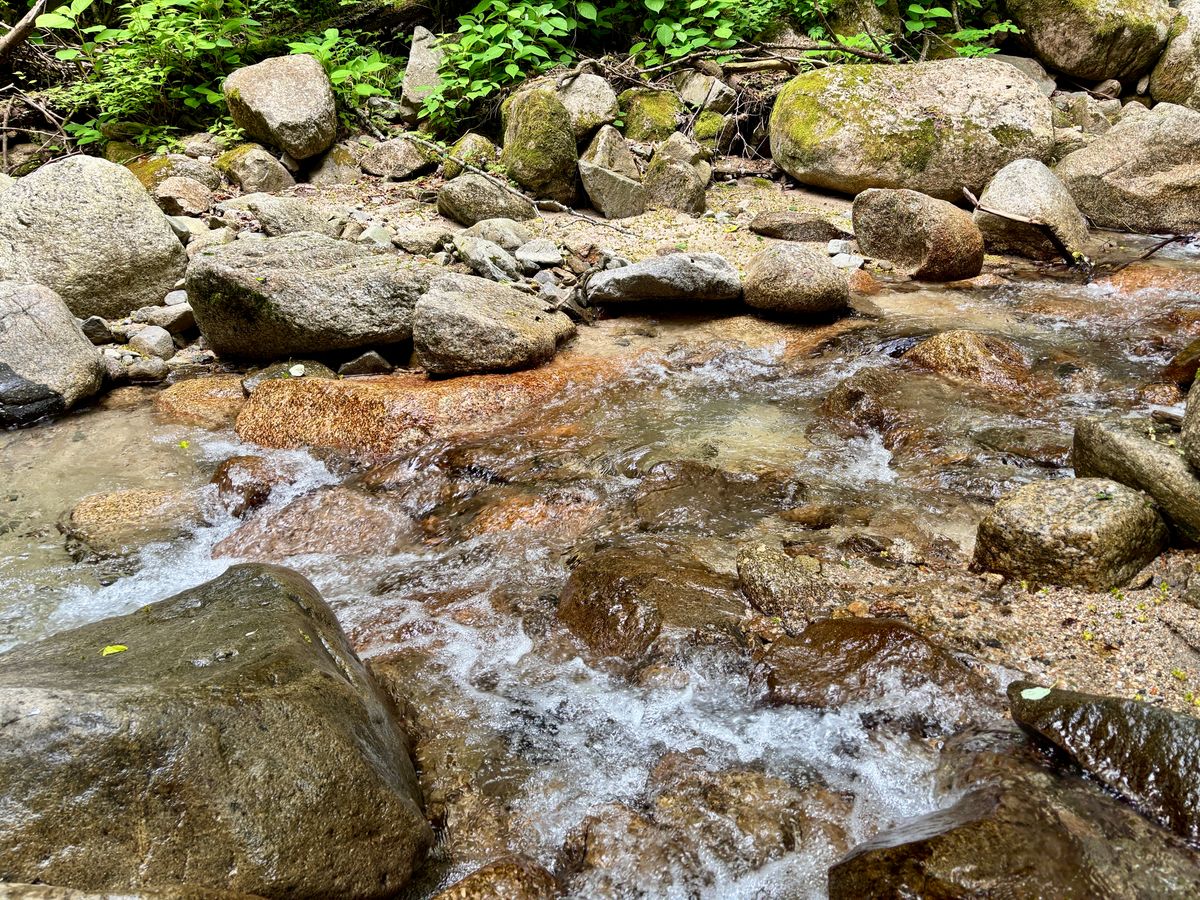
Journey's Final Stage: Tsumago-juku is Just Ahead
After passing Odaki and Medaki Waterfalls (男滝・女滝), the Magome Pass (馬籠峠) hike reaches its final stage. Tsumago-juku (妻籠宿) is just ahead. Gradually, houses begin to appear along the road, and there were also rice fields where people grow rice.
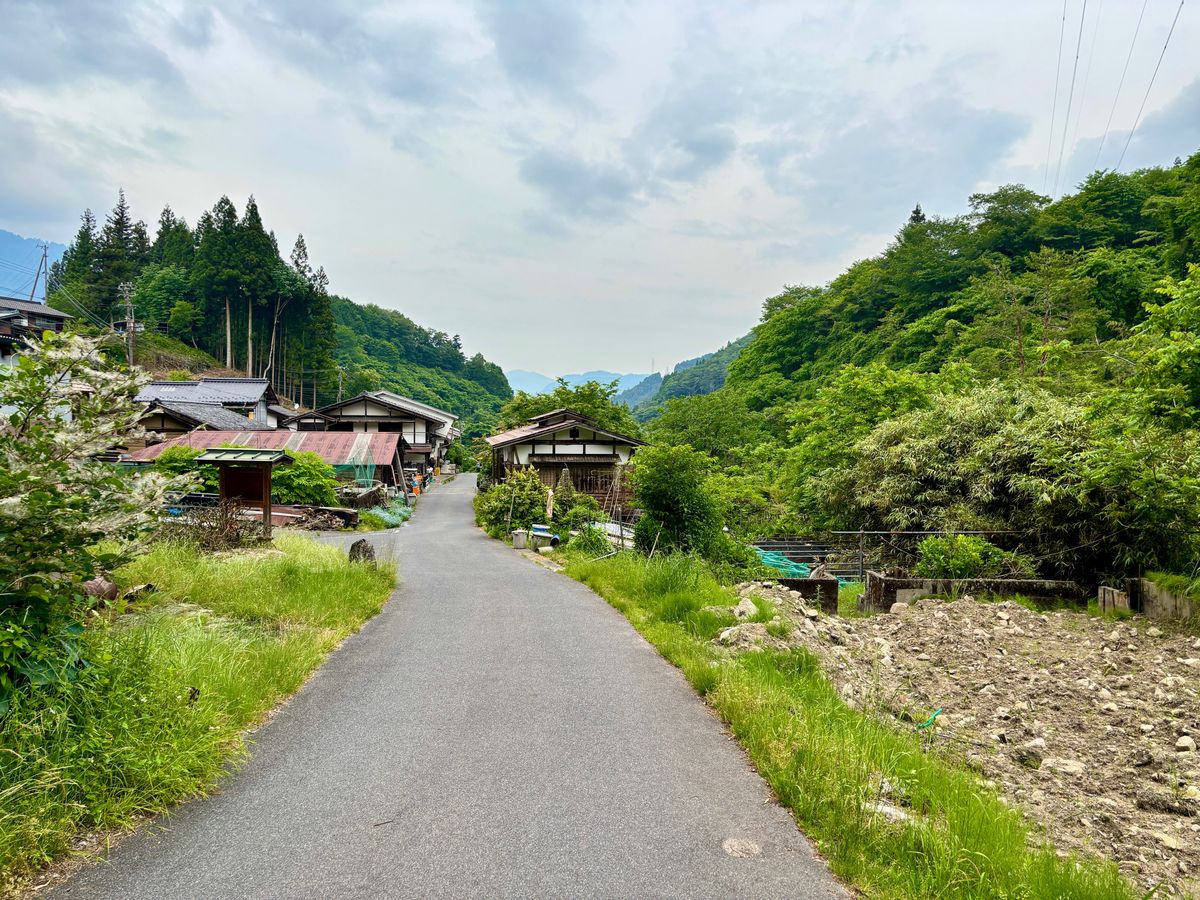
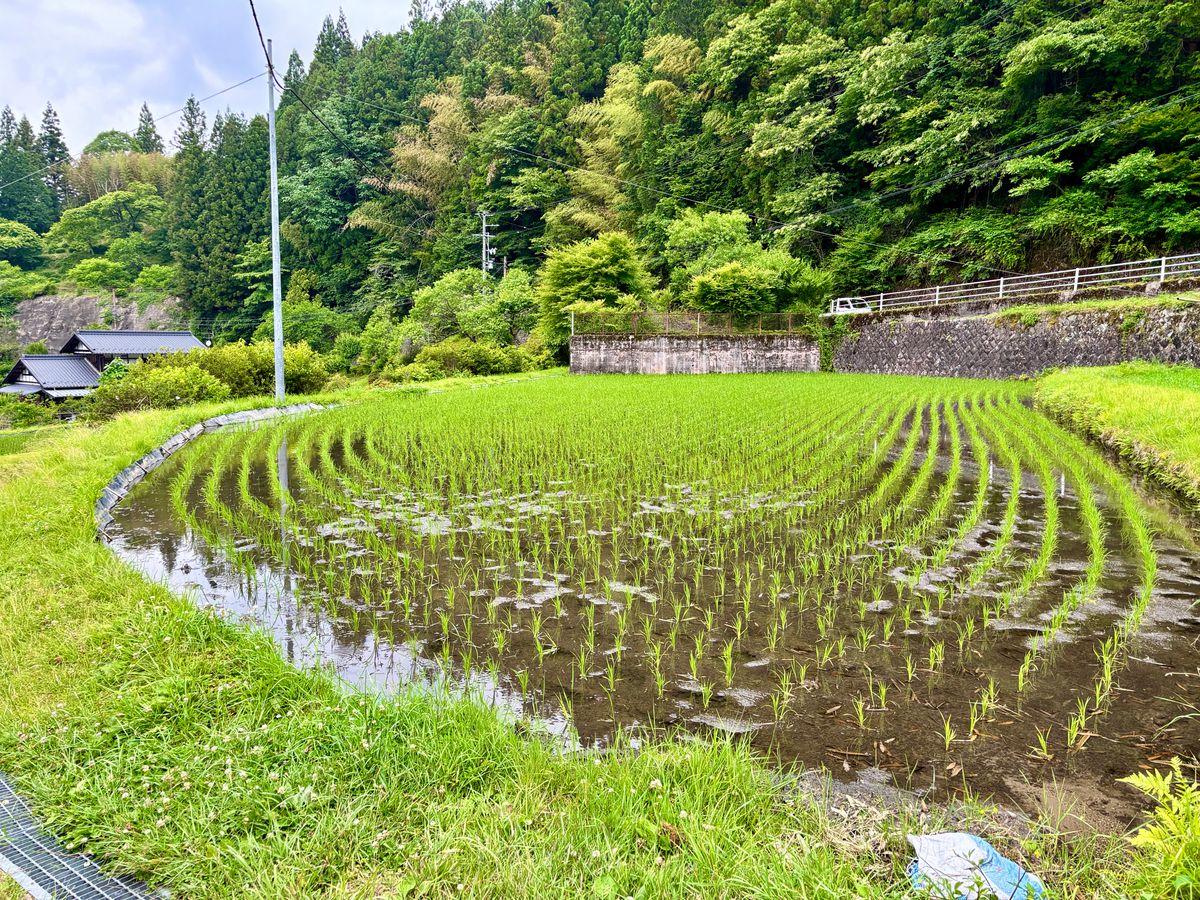
Arrival: Tsumago-juku
After finishing about 3 hours of Nakasendo walking, I arrived at Tsumago-juku (妻籠宿). As a completely preserved post town, power lines have been buried underground and signs unified, so you can truly feel living history. Beautiful wooden buildings where people actually live line the streets, perfectly preserving the atmosphere of the Edo period.
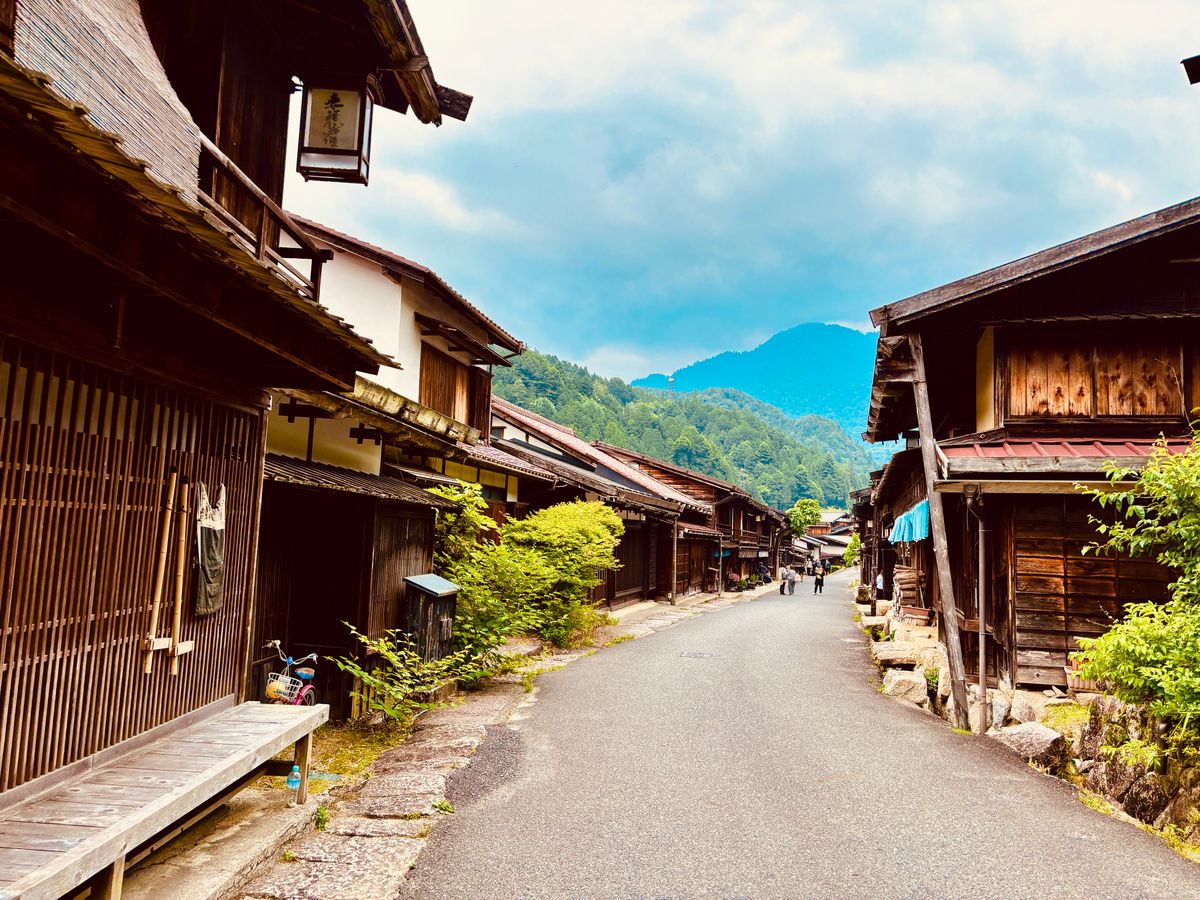
Perfect Base for Nakasendo: Kiso-Fukushima
For those who want to fully enjoy the Nakasendo, I strongly recommend using Kiso-Fukushima (木曽福島) as your accommodation base. We actually used Kiso-Fukushima as our base to explore both Magome-juku and Tsumago-juku, resulting in a very satisfying trip.
Charms of Kiso-Fukushima
Excellent access: The limited express "Shinano" on the JR Chuo Main Line stops here, providing access from Nagoya in about 1 hour. It's about 30 minutes to Magome-juku and about 20 minutes to Tsumago-juku, making it easy to visit both post towns.
Abundant accommodation: From historic traditional inns to modern hotels, there are accommodation facilities to suit various budgets and preferences. There are also many hot spring inns where you can heal your body after walking the Nakasendo.
Tourist value of the town itself: Kiso-Fukushima is a historic town with checkpoint ruins and old townscapes, making it enjoyable as a tourist destination in its own right. There are also free foot baths where you can refresh yourself during your stroll.

